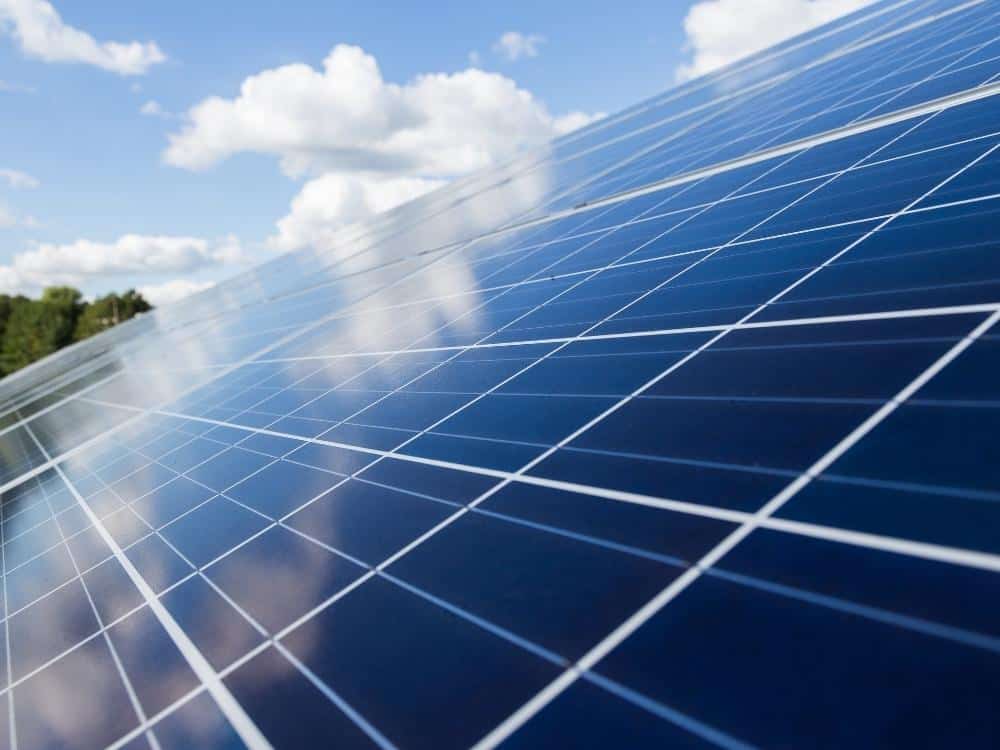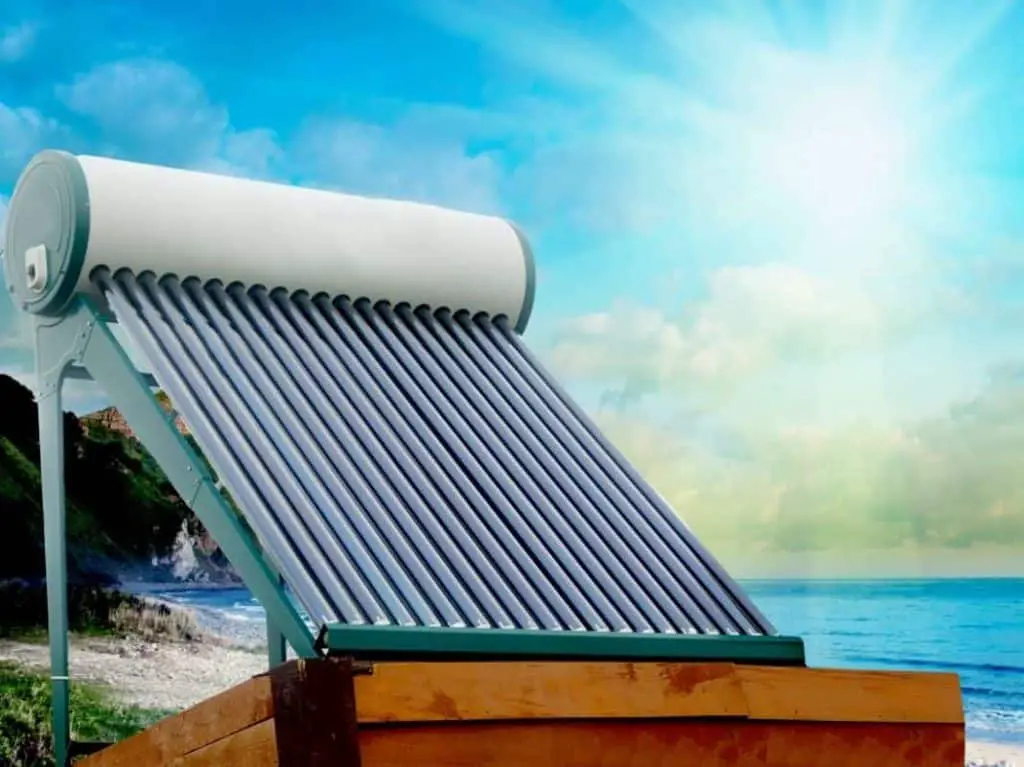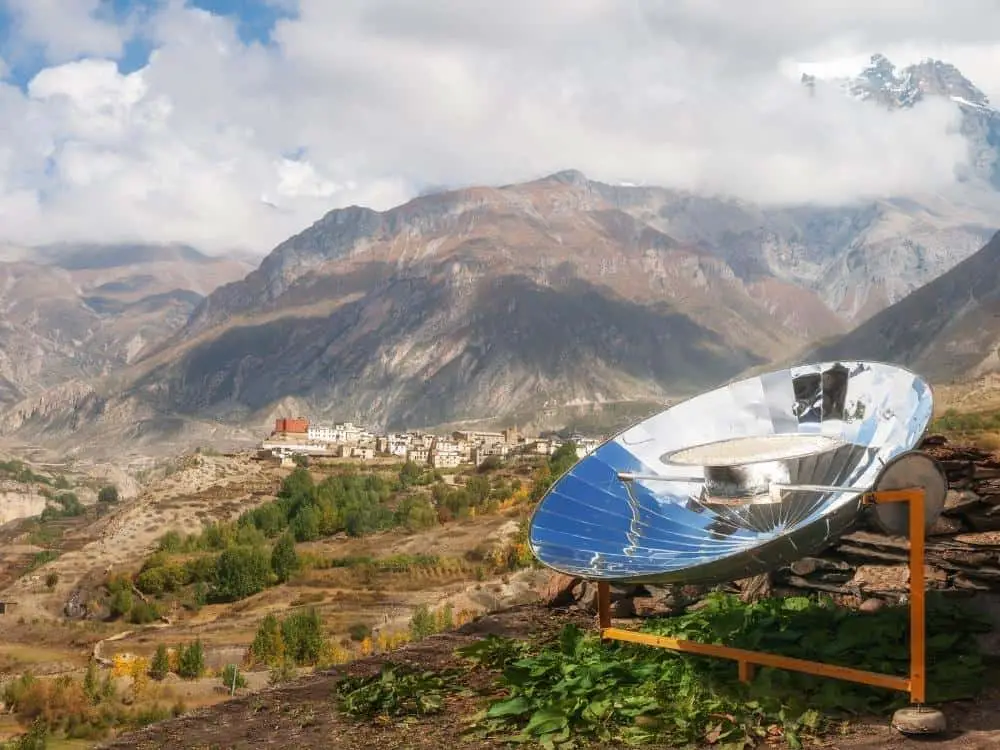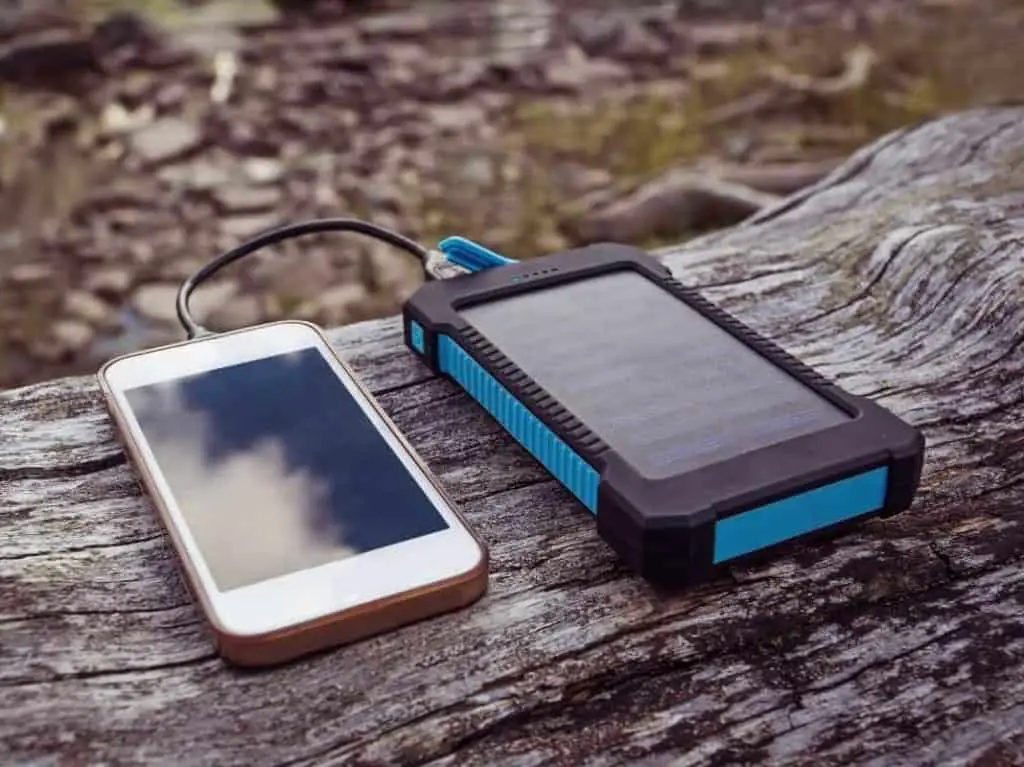Solar energy is an affordable, efficient, clean way to run homes, businesses, and hospitals. Like other renewable energies, solar energy is environmentally friendly, safe, and doesn’t emit toxic gases.
There are so many great things that we can use solar energy for, such as;
- Solar Water Heating
- Solar Power Generation
- Pumping Water For Irrigation
- Producing Thermal Power
- Solar Distillation
- Solar Cooking
- Solar Drying Animal And Agricultural Products
- Solar Powered Greenhouses
- Portable Solar
- Solar Lighting
- Solar Heating For Buildings
- Solar Ponds
Solar energy is genius, and it minimizes our carbon footprint too. If you are fascinated by and interested in learning about solar energy and its wonderful uses, this is the place to be.
This article will discuss solar energy and how people have implemented it into their daily lives.

What Is Solar Energy?
Solar energy is the heat and light that comes directly from the sun. Solar energy is either transferred for use or converted into electricity via photovoltaic cells.
Just when we thought there couldn’t possibly be more uses for solar energy, a new solar invention or system is introduced to the world. Hopefully, one day everything we do will be powered by the beautiful rays of the magnificent sun, and pollution will become a thing of the past!
Industries, businesses, townships, and homeowners have become accustomed to renewable energy. There are many solar energy inventions to look forward to in the future to improve our planet’s condition and daily lives.
People have discovered various clever ways to harvest this energy to make our lives more convenient, affordable, and eco-friendly.
Solar energy has become a big part of our lives, from solar thermal technology, where the sun makes steam or hot water to photovoltaic cells that convert direct sunlight into electricity. It will become the way of the future.

Solar Water Heating
This unit (solar panel) consists of a black, flat plate metal collector with metal tubing turned in the sun’s direction. This plate collector has thermal insulation underneath and is covered with transparent glass above.
A pipe connects the collector’s metal tubing to the insulated tank used to store hot water, especially on days when it is cold and cloudy. The sun’s rays (radiation) are absorbed by the collector and heat the water circulating inside the tubes by a pump or gravity.
Finally, the water travels through the metal tubing and storage tanks. This amazing solar unit is utilized by tourist bungalows, canteens, hospitals, guest houses, and industrial or domestic units.
Pumping Water For Irrigation
Solar energy generates power to pump water for irrigation systems. This process is called solar pumping and is used mainly during the summer when solar radiation increases.
This is brilliant because there are usually droughts in those hot months, but our gardens can benefit from solar-powered irrigation for the duration of this time.
When summer passes, there is lower solar radiation, which means less irrigation is necessary.

How Does Solar Energy Produce Thermal Power?
Solar thermal energy converts solar energy directly into electricity.
The sun heats any volatile liquid such as water, gas, or working fluid, which converts thermal energy into a turbine’s mechanical energy.
Once this process is complete, a conventional generator connected to a turbine causes the mechanical energy to convert to electrical energy.
Solar Distillation
Distillation is essential in areas that have little to no potable water. These areas are usually coastal or semi-arid, where the sun is scorching hot and rainfall is scarce. Here, distilling saline water into potable water is crucial for survival.
Solar distillation is the process where the sun’s rays travel through an airtight, transparent glass cover straight into a blackened basin filled with saline water.
When the brine in the shallow basin starts heating, the water evaporates and condenses into pure, clean water in the roof’s cool interior. The water travels down the roof and collects into troughs, leading the water into tanks.
These tanks are supplied to water-scarce locations, science laboratories in schools, colleges, pharmaceutical industries and hospitals, petrol pumps, and defense labs.

Solar Cooking
Cooking can be fuelled in many ways, with the most popular being firewood, kerosene, coal, cooking gas, agricultural waste, and dung cakes. However, the earth’s fuel supply is running out, and solar energy has become very popular for cooking purposes. The solution; solar cookers!
This great flat plate box solar cooking invention is made from a properly insulated wooden or metal box with a blackened interior. Short wavelength solar radiation enters the box and minimizes heat loss thanks to it being airtight.
There are three types of solar cookers, namely;
1. Solar Box Coolers
A solar box cooker can simultaneously cook a pot of soup/fresh vegetables and bake (on a baking sheet or baking tray). A box heater can reach extremely hot temperatures due to panel reflectors, making it the perfect type of solar cooker for baking.
2. Solar Panel Cookers
Solar panel cookers comprise a pan or pot with a glass or plastic enclosure nuzzled perfectly into a three to the five-sided reflective panel to concentrate the sun’s rays.
These cookers are generally used for cooking high moisture foods as they cook food slower at lower temperatures, therefore, producing moist, succulent food.
If you had to compare it to another cooker, it would be somewhere between a crockpot and a slow cooker. The solar panel cooker maintains a temperature of 200° F to 250° F.
3. Solar Parabolic Cooker
The parabolic solar cooker generates a higher temperature than the panel or box cookers and is mainly used for frying and grilling. The only issue with this cooker is that the angle needs to be adjusted more frequently. Otherwise, it won’t reach the desired heat.
Also, you can’t cook as much food as the other solar cookers due to the cooking pan/pot size. However, it does cook food much faster than a box or panel cooker.

How Does Solar Energy Dry Animal And Agricultural Products?
Solar energy has been used to dry animal and agricultural products for generations. All required is a base insulated box painted black inside and fitted with a transparent, inclined glass sheet cover.
This unit is called a cabinet dryer, and it has ventilation holes on top of the sides and at the base, which allows the air to flow over the drying material placed inside the cabinet on perforated trays. These trays (or racks) are made to provide controlled solar radiation exposure.
Solar drying for agricultural products includes;
- Dried fruit (increased sugar concentration, improves the quality of the fruit)
- Dried chilies
- Sundried tomatoes
- Potato chips
- Cashew nuts
- Ginger
- Tobacco curing
- Veneer drying
- Berseem
- Peas
- Grains of paddy and maize
- Pepper
- Timber
Solar drying of animal products (spray drying) includes;
- Fish
- Milk

Solar Powered Greenhouses
What makes a greenhouse a greenhouse is that the whole structure acts as a solar panel to collect solar radiant energy to grow plants and crops. Greenhouses are covered with a transparent material such as greenhouse plastic or glass that functions as a solar collector.
The heat from the plants inside the greenhouse cannot escape, nor can the radiation, trapping the heat inside and creating a humid environment enriched with CO2 for the plants to grow in.
When the heat gets too intense, ventilating and cooling devices are in place to control the temperature inside the greenhouse.
The restriction of transpiration helps to reduce moisture loss allowing the plants and crops to flourish during the night, in the daytime all year round.

Portable Solar (Charging On The Go)
Everyone electronic communication devices (tablets, iPads, and phones) at some time or another in their life have run out of battery power.
As these devices are an essential part of our careers (emails, skype, video conferences) and social connection (social media, texting, making phone calls), it is important to prevent them from running low or dying on us completely.
If you are on the go and do not have time to stop at home or anywhere there is an electrical outlet to charge your devices, a portable solar PV charger could solve all your problems.
These wonderful technological gadgets have been present in watches since the 1970s and can now integrate solar cells into your phone too.
Interesting fact: A group of researchers in Japan has invented water-resistant, lightweight solar cells that are said to be sewed into the clothes we wear to charge our electronic devices. Watch this space!
Solar Lighting
Solar-powered lights have become omnipresent on a worldwide scale. These lighting technology systems are affordable and can be used for basic lighting to more advanced, high-end lighting requirements.
Solar lighting is generally used in security lights, street lights, road signs, and landscaping (solar rock lights, rope lights, and garden lights). All of these wonderful solar-powered lighting systems are available at online shopping websites.
Solar Ventilation
Solar attic fans are an excellent solution for cooling and ventilating your home. This way, there will be no need for an HVAC, and it is perfect if you cannot install a solar PV system.
You also get solar vehicle ventilation systems known as solar fans or solar car vents. These ventilators convert the sun’s energy into low-voltage electricity required to drive small fans. This fan draws in the fresh air and blows out the hot, stale air that gets trapped inside your car.

Solar Heating (Inside Of Buildings)
Apart from solar ventilation, you can also use solar energy to heat buildings inside. This process can work in one of two ways;
- Using two separate solar collectors (storage devices), one filled with air and one with water, accumulates the solar energy throughout the day to use during inclement days and at night time.
- With the use of large South-facing windows collecting solar radiation. The heat is admitted directly into the building through these windows, which heats the inside.
When the heat is required, conventional equipment (i.e., air outlets, hot-air registers, ducts, radiators, and fans) transfers the heat from the storage devices or collectors to the areas of the building where heat is desired.
When no heat is required, for example, during the summertime, the hot water or air moves straight to the storage devices such as heat-storing materials or insulated water tanks.
When heat is needed on cold days, auxiliary heating systems (electricity, oil, or gas) are used as backup systems.

Solar Ponds
Solar ponds are artificial (or natural) bodies of water used to store heat by absorbing and accumulating solar radiation. These ponds are usually no deeper than 10cm and have a black bottom absorbing radiation.
Solar ponds generally have curved covers made from fiberglass, preventing radiation from escaping. Insulation material is set under these ponds to minimize heat loss.
The solar energy stored in solar ponds is used to drive turbines powered by evaporating low boiling point organic fluid, ultimately generating electricity. Other uses include industrial process heating and space heating.
How Does Solar Energy Generate Power?
Solar energy can produce electricity and electric energy using photovoltaic cells. These magnificent cells are a device that converts energy and turn the photons from sunlight into electricity.
This device consists of semiconductors that absorb the photons it receives from direct sunlight. It creates free high-energy electrons, which are then induced by a strong electric field, enabling them to flow from the semiconductor and allowing it to be used by us.
A p-n junction of various materials with electrical properties provides the electric field in photovoltaic cells. These cells achieve maximum efficiency due to different fabrication techniques.
Photovoltaic cells can be utilized to charge batteries, in satellites, like portable power sources for computer card readers, calculators, and televisions, for weather monitoring, providing electricity to rural areas, and energizing irrigation pump sets.
The cells are also used in areas where we cannot install power lines, such as highway emergency call systems, navigational signals, automatic meteorological stations, railway crossing warnings, and more.
References



